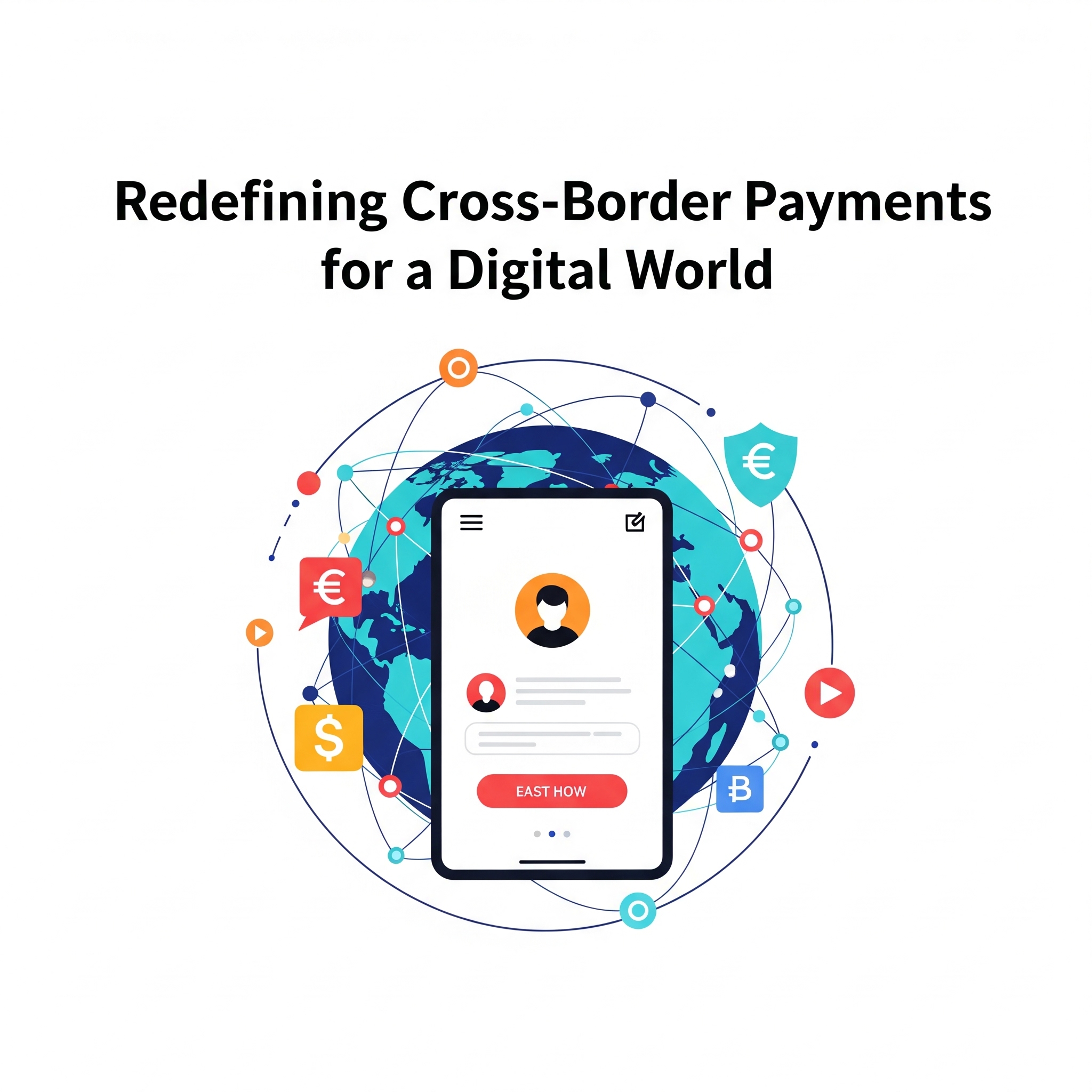Traditional cross-border payment systems were not designed for real-time expectations. They relied on multiple intermediaries, inconsistent messaging formats, and high operational costs. For users, this often meant:
- Days-long waiting periods
- Opaque fees and poor exchange rates
- Limited accessibility for the underbanked
As global commerce and digital lifestyles evolve, this model has proven unsustainable.
Enter digital payment providers, fintech platforms, and licensed financial institutions that are reimagining how cross-border transfers work. These players leverage technologies such as:
- Real-time payment networks
- APIs and open banking integrations
- Blockchain and distributed ledger systems
- AI-powered fraud detection and compliance tools
Digital disruption is not just about technology—it’s about reshaping user expectations and improving access. Here’s how users benefit:
- Speed: Transfers that once took days can now be completed in minutes or seconds.
- Transparency: Users can see fees, track their transfers in real-time, and get notified at every step.
- Cost-efficiency: Lower operational overhead for digital services means reduced fees for users.
- Wider Access: From urban professionals to rural communities, mobile-first platforms help extend cross-border capabilities to more people.
Millions of people who previously had limited access to formal financial services can now send, receive, and manage money internationally—often through a smartphone. This creates opportunities not only for individuals but also for small businesses and entrepreneurs seeking to scale across borders.
With innovation comes responsibility. Cross-border payments require robust systems to ensure compliance with anti-money laundering (AML), counter-terrorism financing (CFT), and data privacy regulations.
The future of cross-border payments is frictionless, mobile-first, and real-time. We’re likely to see continued growth in:
- Interoperable digital wallets – Digital wallets that can transact across platforms and borders are becoming essential. Examples include Alipay+ partnering with global merchants, and Singapore’s PayNow linking with Thailand’s PromptPay for real-time fund transfers.
- Currency exchange automation – Automated FX solutions will continue to reduce settlement delays and costs, especially for high-frequency remittance corridors.
- AI-driven customer onboarding and verification – Artificial intelligence is streamlining KYC/AML processes, enabling faster compliance checks and fraud detection.
- Cross-border integration of CBDCs (central bank digital currencies) – Pilots like mBridge (involving the central banks of China, Hong Kong, Thailand, and the UAE) demonstrate how CBDCs could revolutionize wholesale cross-border transactions.
- Maturing regulations and compliance clarity – As digital payment ecosystems expand, so does the regulatory framework. The recent Digital Token Services Providers (DTSP) regulation introduced in Singapore exemplifies the region’s push toward safeguarding innovation while reinforcing AML/CFT standards.

